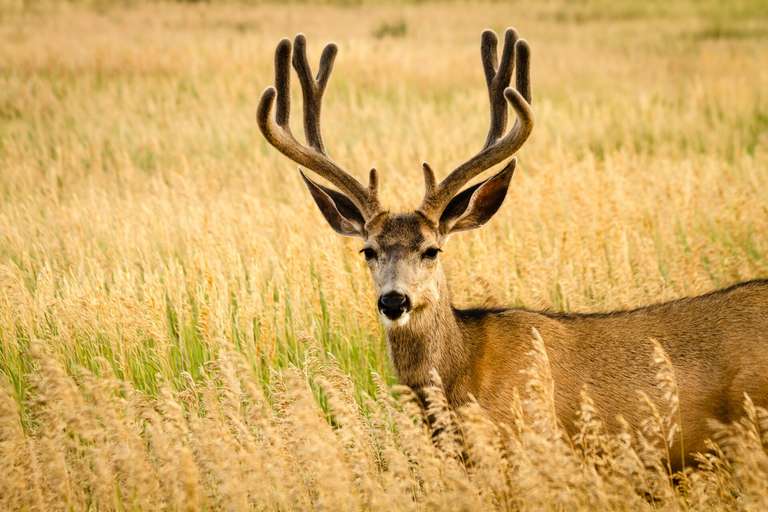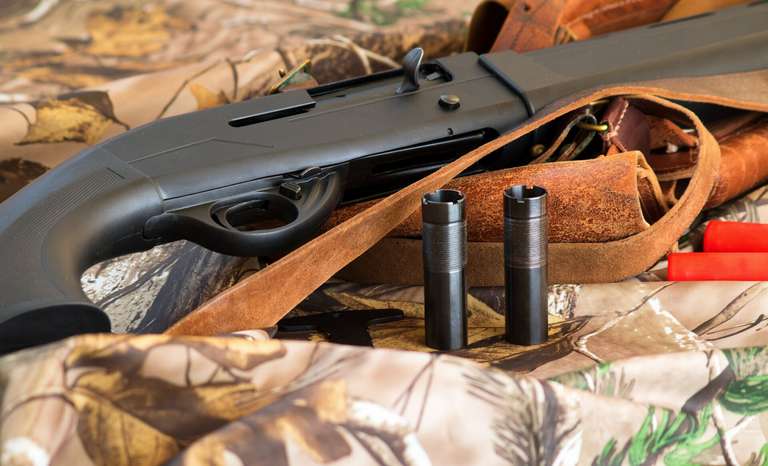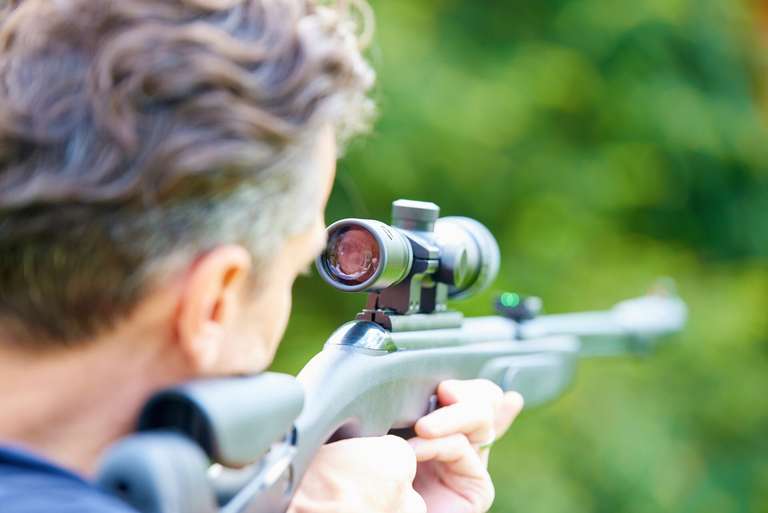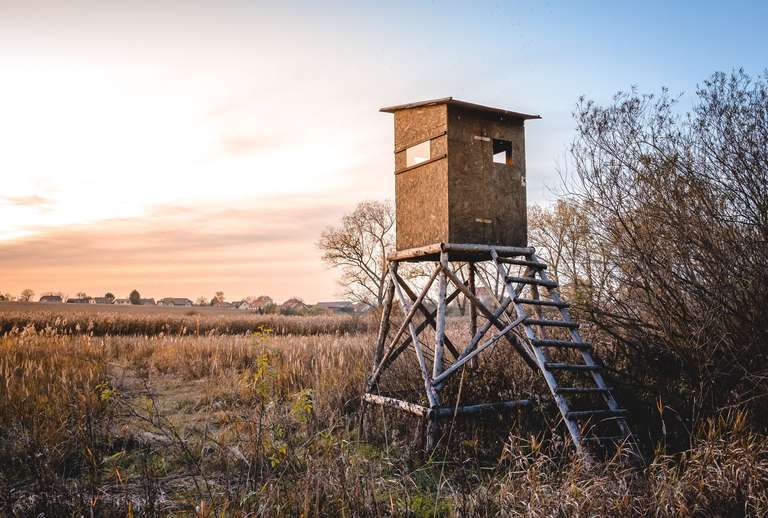Bowhunting Basics: Understanding the Parts of an Arrow
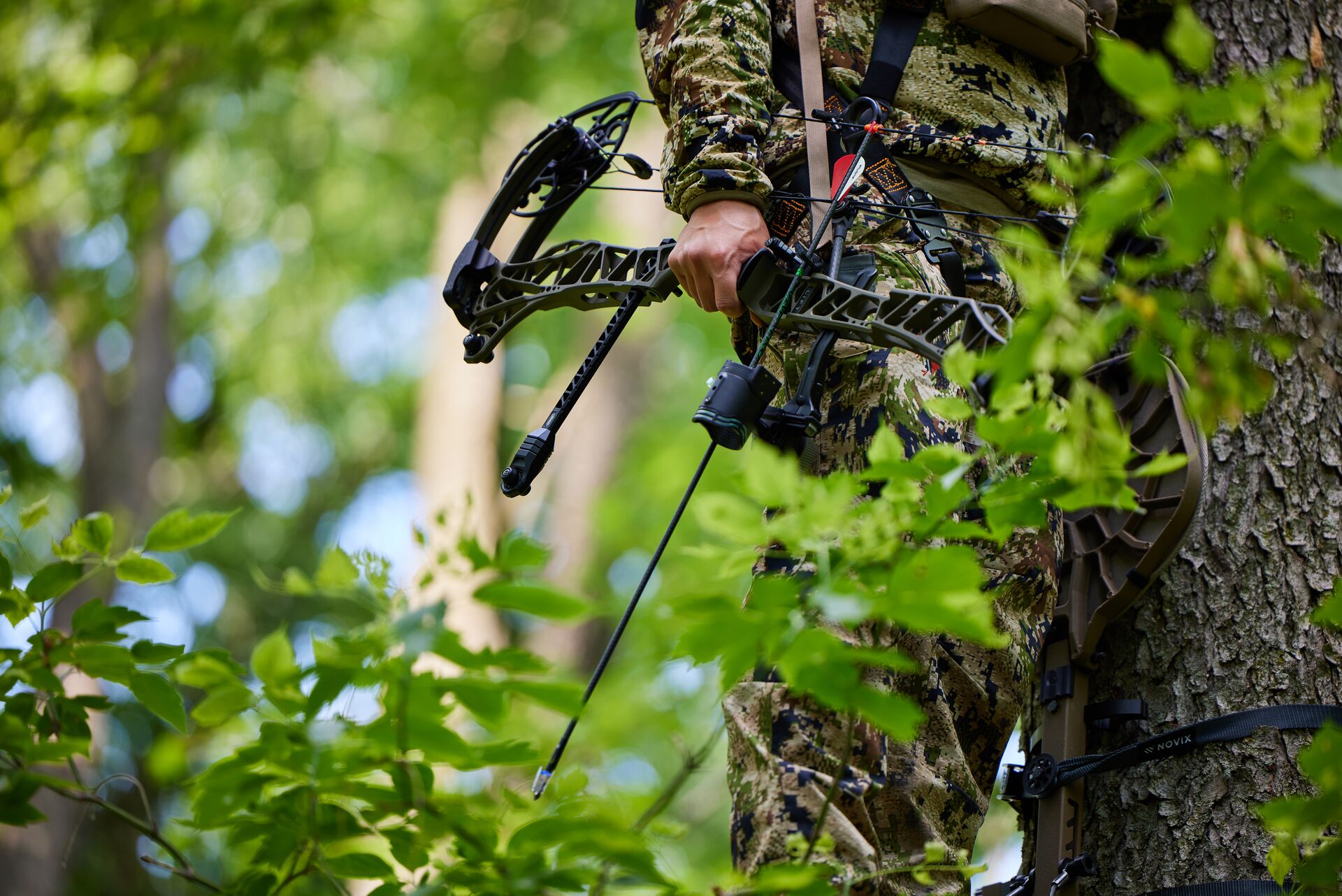
Bowhunting requires precision, patience, and a deep understanding of your equipment. One of the most essential aspects of being an excellent bowhunter is knowing the different parts of an arrow and how each component contributes to your success in the field.
Understanding your bowhunting equipment enhances accuracy, increases safety, and makes you a more complete hunter. Are you up to speed on the parts of an arrow? Keep reading to boost your knowledge!
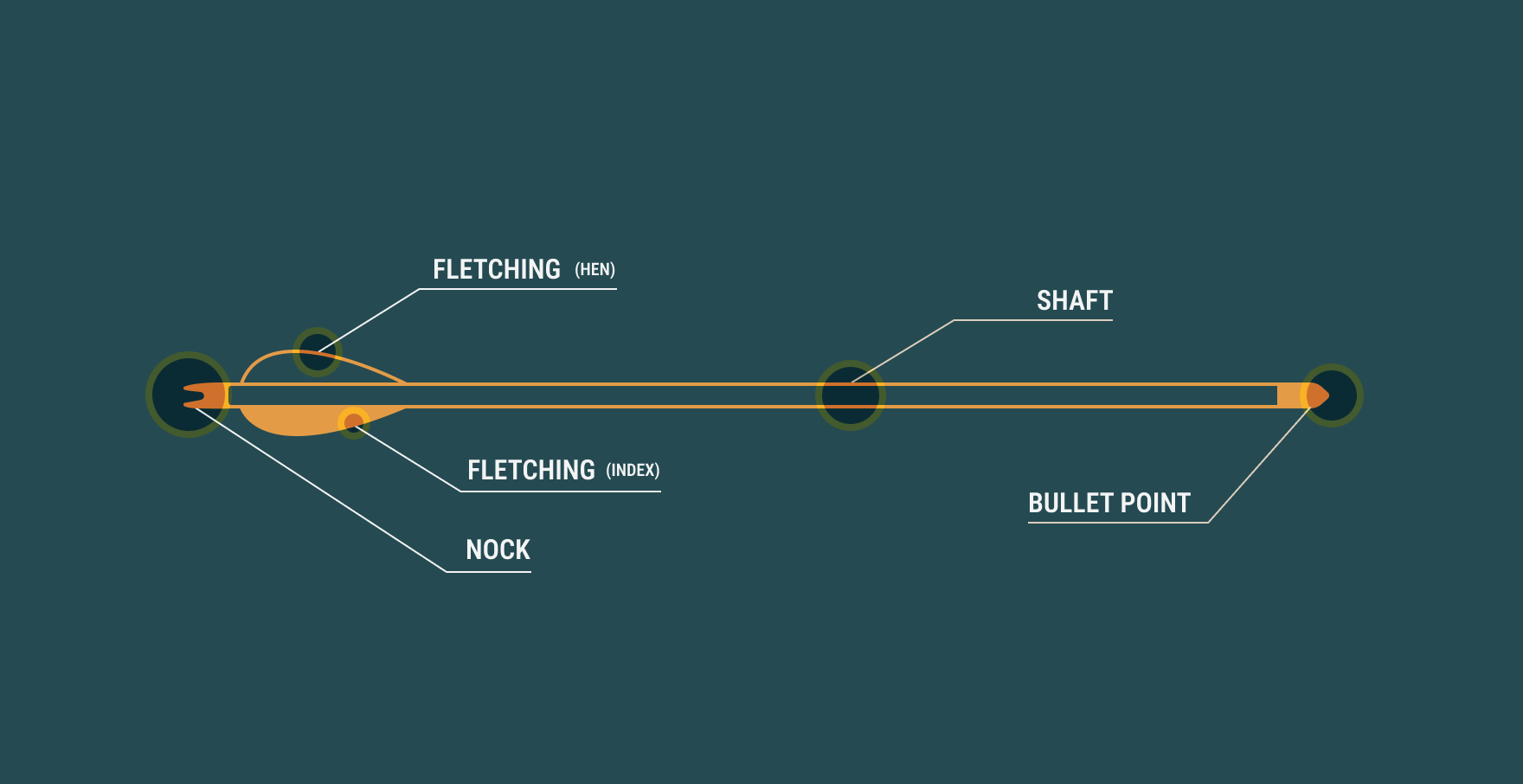
What Are the Parts of an Arrow?
There are different types of arrows, but most of them share common parts – even if those parts are made of different materials or look different from arrow to arrow. Here are a few important parts to know about your arrow.
Arrow Shaft
The shaft is the central part of the arrow, and its material significantly impacts performance. The common materials for arrow shafts are carbon, fiberglass, aluminum, and wood.
Here's how each material can impact the performance of an arrow:
- Carbon shafts: Lightweight and durable. These shafts cost more than others but are ideal for high-performance hunting.
- Fiberglass shafts: Lightweight and inexpensive. These are mainly useful for hobbyists and clubs using lightweight equipment with a low draw weight.
- Aluminum shafts: Heavier and more affordable. Aluminum is good for target practice but less desirable for long-distance hunting.
- Wooden shafts: Used primarily for traditional hunting with recurve bows. Wood requires more maintenance and is highly susceptible to warping and damage.
It's important to know the stiffness of the shaft you're using and how it can impact your shot. Arrow stiffness is measured as a spine rating. The heavier the arrow, the stiffer the spine needs to be.
Correctly matching the spine to your bow's draw weight ensures stable flight and better accuracy. Using a shaft with an incorrect spine can lead to erratic arrow flight and potentially an equipment failure.
Consult your bowyer while getting a tuneup to ensure you use the best spine for your draw.

Fletching
Fletching stabilizes the arrow during flight, ensuring it stays on course. The two primary types of fletching are vanes and feathers.
Vanes are durable and often used in modern hunting arrows because they withstand various weather conditions. Feathers are quieter in flight and better suited for recurve bows, offering a more traditional touch. However, the main drawback to feathers is that they are nowhere near as durable as plastic or rubber vanes.
Fletching comes in various configurations, such as 3-fletch and 4-fletch, and can be applied helically or straight along the shaft. Helical fletching adds a spin to the arrow, improving stability, while straight fletching is more common and often used for target practice.
Arrow Nock
The nock is the part of the arrow that attaches to the bowstring. There are fixed nocks and removable nocks, each with its benefits.
Fixed nocks are more durable and provide consistent performance. Removable nocks allow for customization and easy replacement if damaged.
Proper nock fit is essential to prevent misfires and ensure consistent accuracy. Lighted nocks are a newer tech that gives hunters a better chance to recover downed game in low-light situations.

Arrow Point
The type of point used depends on the situation and target.
Here are the three main types of arrow points:
- Field Points: These are primarily used for practice and target shooting and are available in traditional field points or bullet points.
- Broadheads: These are used strictly for hunting and are available as fixed or mechanical points. They penetrate deep into vital organs and cause maximum damage for quick, ethical kills.
- Blunt Points: These points are ideal for hunting small game like squirrels and for target practice on makeshift targets.
The weight of the arrow point, measured in grains, influences flight and penetration. Heavier points improve penetration but typically reduce speed and accuracy.
Researching configurations can help determine the best arrow points for your setup.
Insert
The insert connects the arrow point to the shaft and is made of metal for durability. Inserts are usually threaded to allow switching out arrow points, allowing hunters to practice with the same grain weight they hunt with.
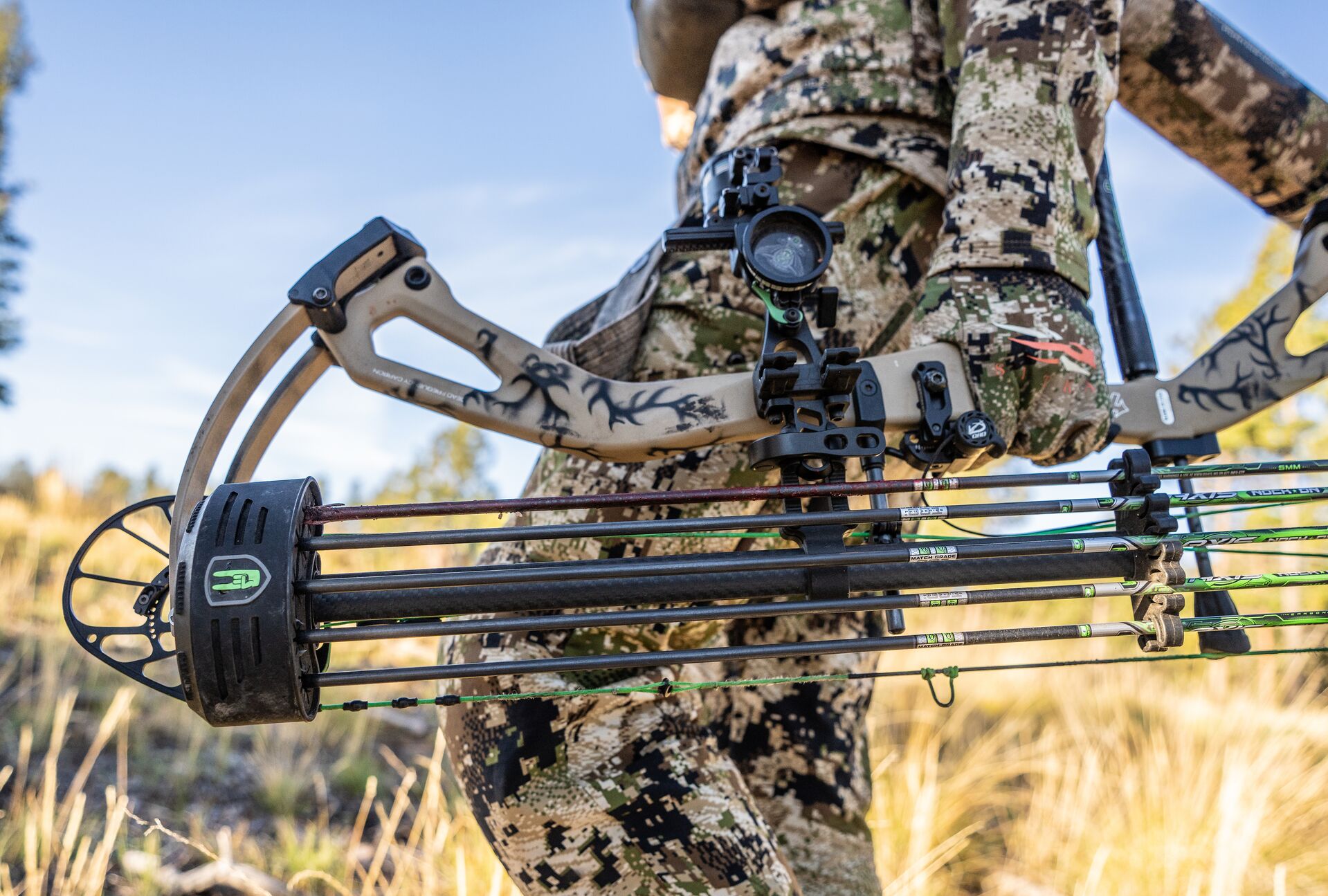
Understanding Arrows
Arrows are more than the sum of their parts. Understanding how the parts work together and continuing your growth as a bowhunter will help you get the most out of your bowhunting experience.
Weight and Balance
The overall weight and balance of the arrow play crucial roles in its performance.
The Front of Center (FOC) is a concept that refers to the distribution of weight towards the front of the arrow. A higher FOC can improve accuracy and penetration, making it important to consider when selecting and setting up arrows.
Maintenance and Inspection
It goes without saying that you need to check that your arrows remain reliable and safe. Before each use, thoroughly examine your arrows for any signs of damage, looking for cracks in the shaft, loose fletching, or worn-out nocks.
Checking for damage before use and knowing when to repair or replace components will prevent accidents and improve performance.
Replacing damaged components, like worn fletching or loose nocks, can often restore the arrow to usable condition. However, if the arrow is damaged beyond repair, don't use it. Especially when the shaft itself is compromised, it is safer to replace the entire arrow.
Regular inspection and repair will ensure your equipment's accuracy and reliability.
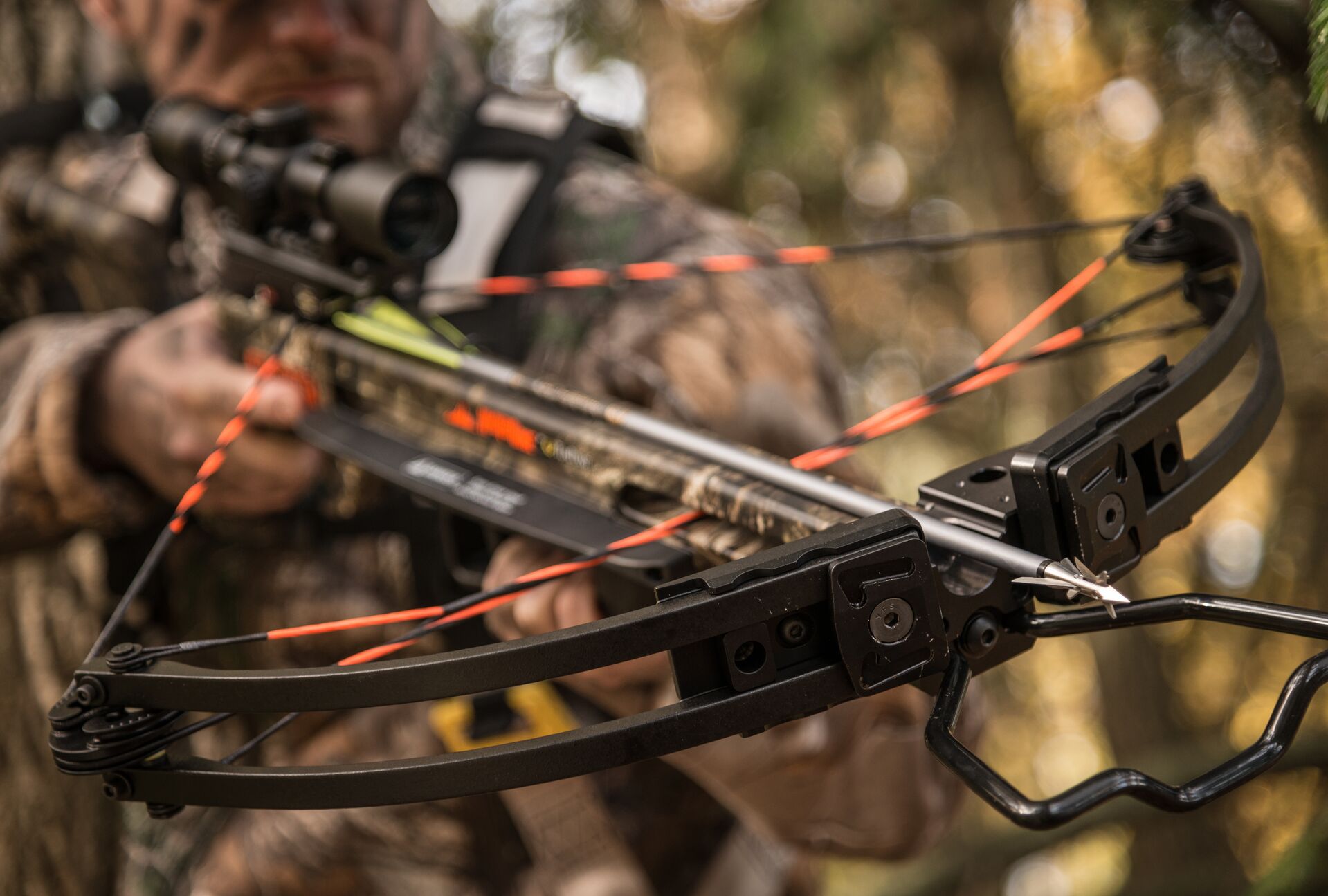
Learning and Growing
Understanding the parts of an arrow and their respective roles in bowhunting is just one aspect of becoming a proficient hunter. Safety should always be a top priority.
By taking a hunter safety course through ilearntohunt, you can increase your knowledge and skills, ensuring you are well-prepared for any situation. These fun courses offer gamified training on safe hunting practices, equipment handling, and conservation principles, making you a more responsible and effective hunter.
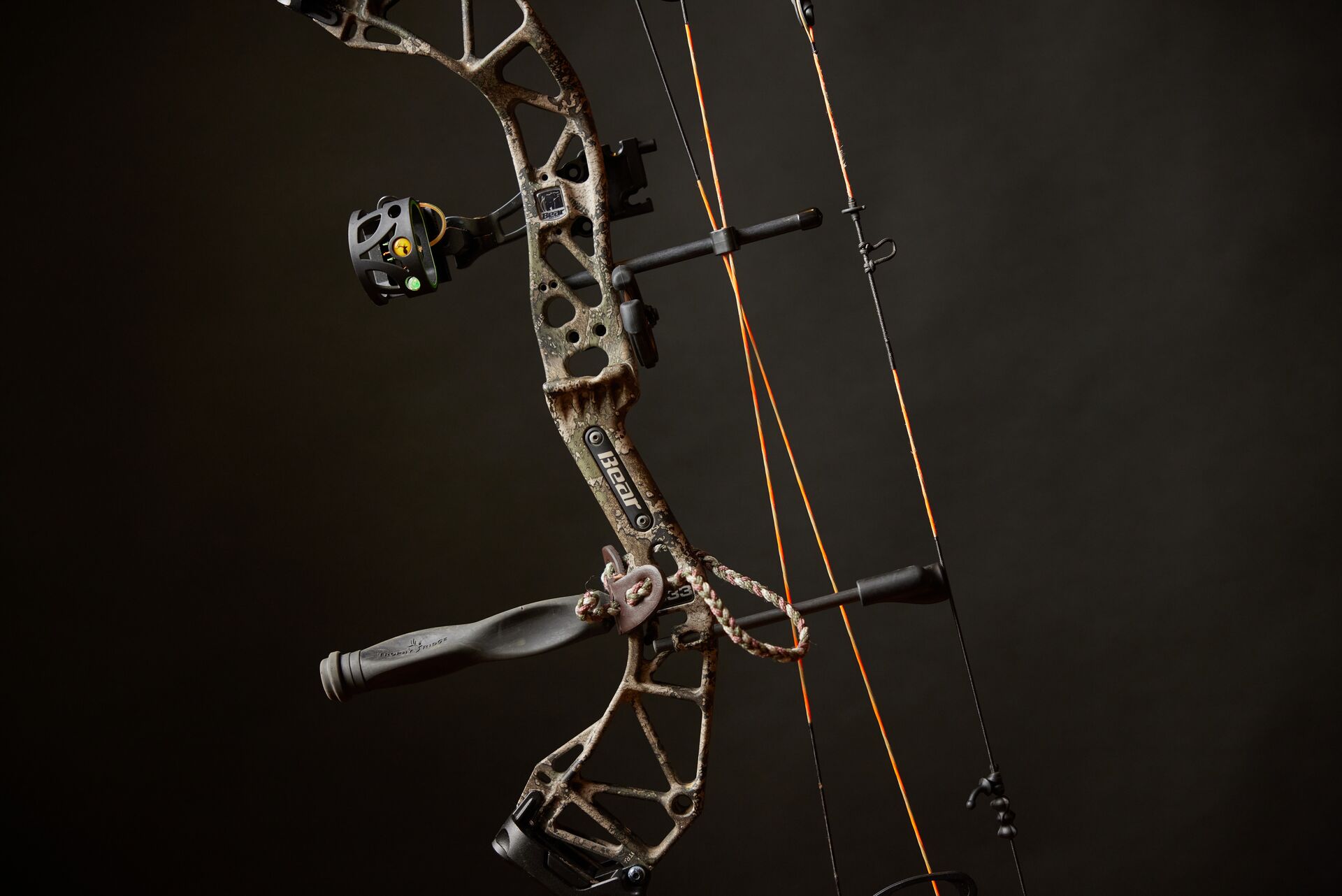
Be a Safer and More Successful Bowhunter by Knowing the Parts of an Arrow
Knowing the parts of an arrow is essential for any bowhunter. This knowledge improves your accuracy and effectiveness and ensures your safety during each and every hunt.
By inspecting and maintaining the shaft, fletching, nocks, points, and inserts of arrows while understanding their materials, configurations, and functions, you can safely extend the lifespan of equipment – saving you money and preventing frustration.
We want you to have safe, fun hunts for many years to come. Take the state-approved courses at ilearntohunt to learn more about arrow composition and crucial safety essentials for growing as a hunter. Choose the course for your state and get started!


